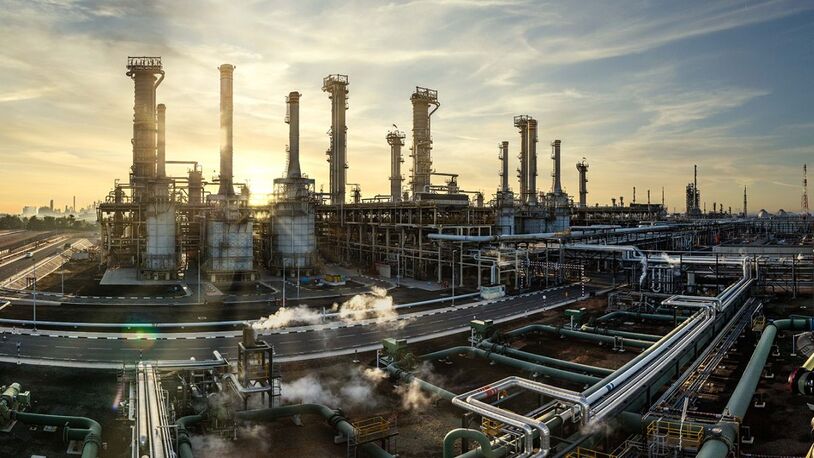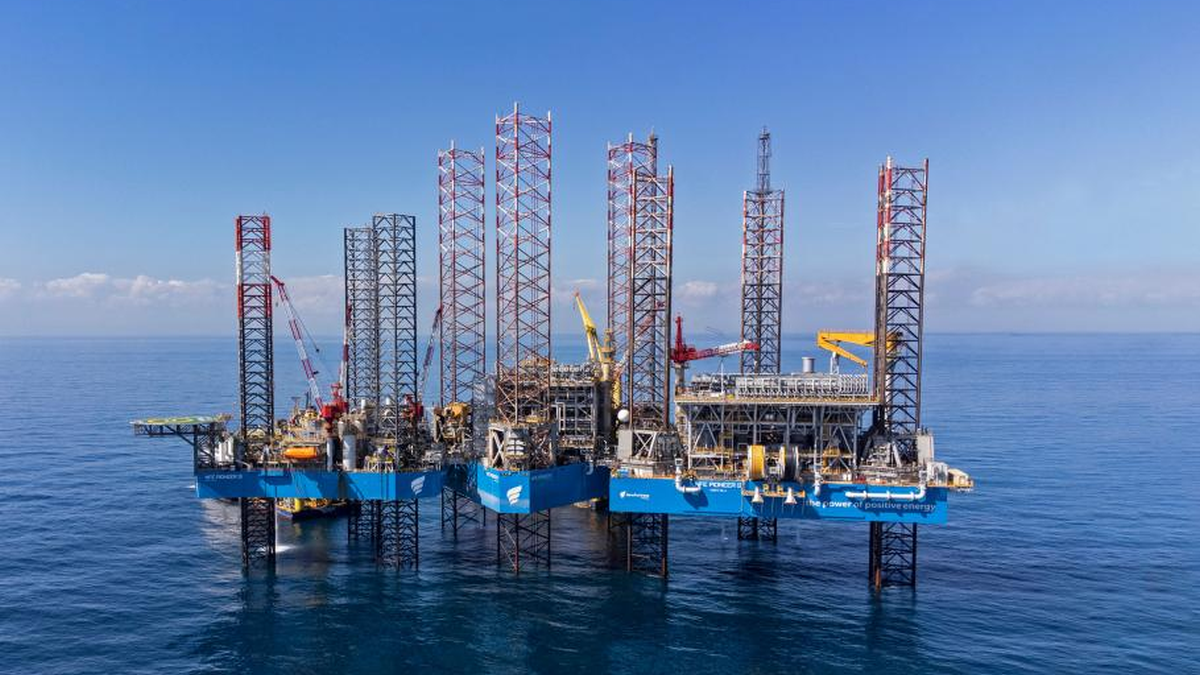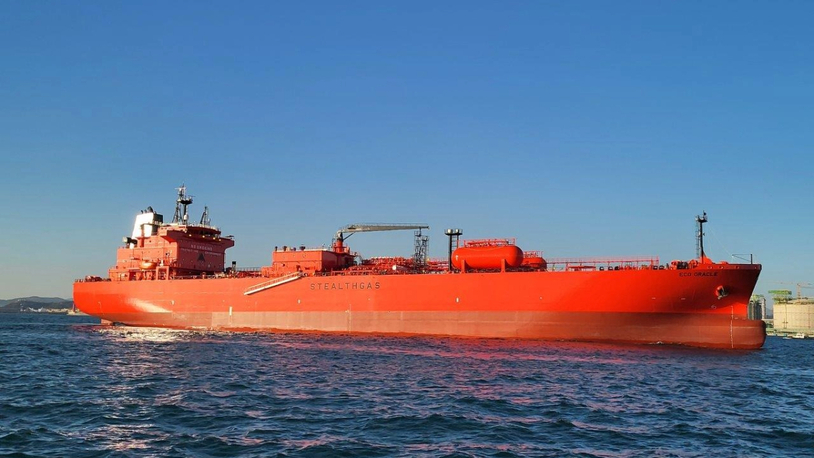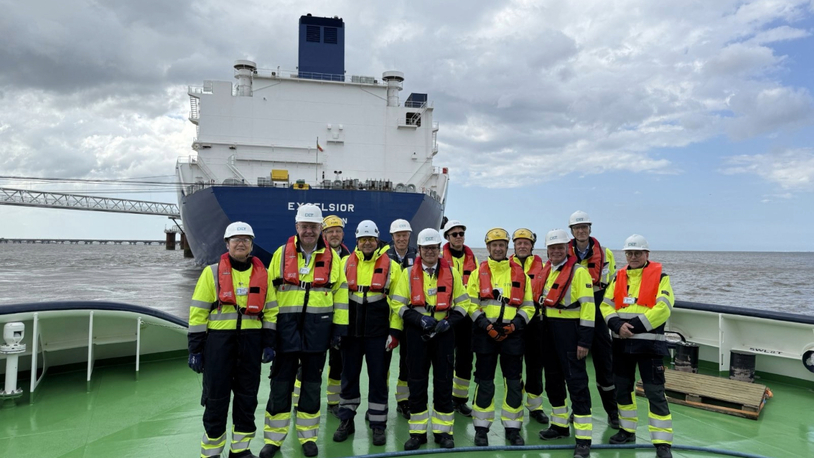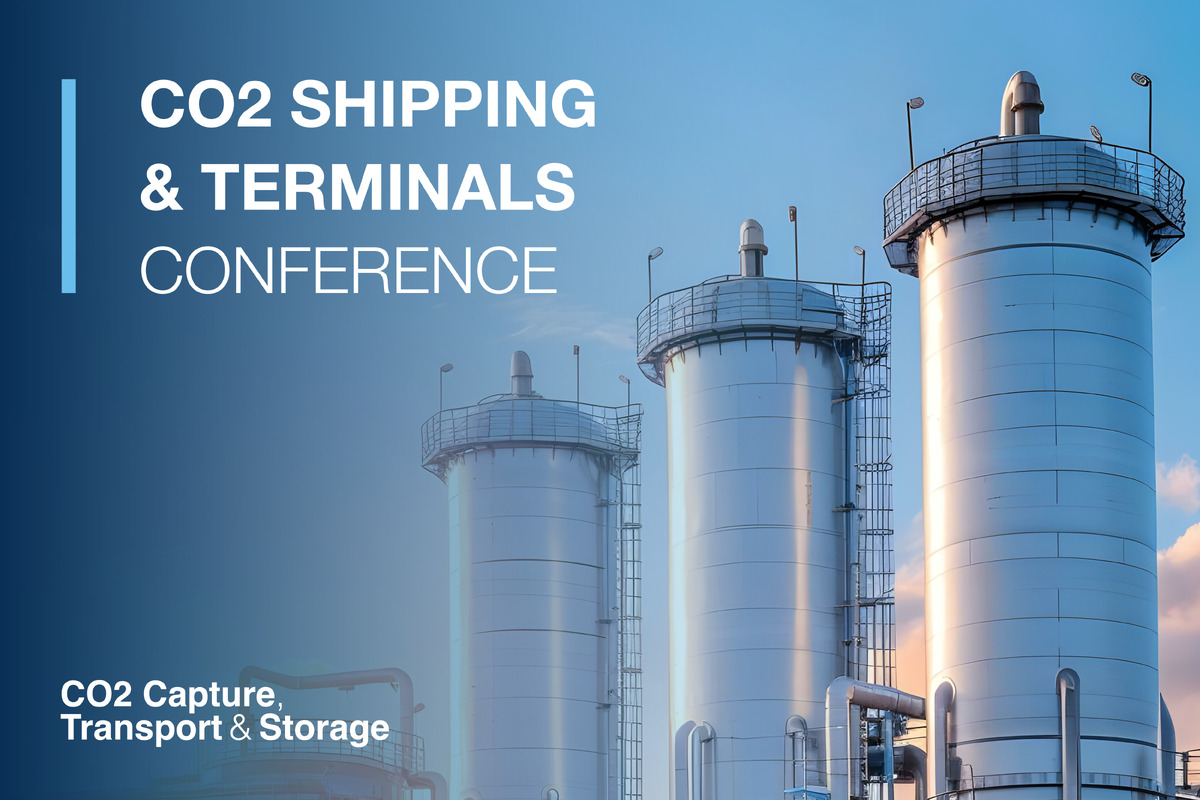Business Sectors
Contents
Register to read more articles.
Oil and tanker markets blown off course by virus
Shipping Strategy Ltd managing director Mark Williams looks at the impact of the Omicron coronavirus mutation on the oil and tanker markets
It has been the worst year in the tanker freight markets since the recession of the early 1990s. But as transport restrictions eased over Q3 this year, global oil stocks began to be drawn down, oil demand and prices started to rise again and the first shoots of an oil tanker market recovery began to show.
Equity analysts began to get excited about oil tanker stocks and there was talk in the markets about consolidation as investment bankers sought M&A opportunities.
But the freight markets have since deflated as the public health response to the Omicron variant has once again restricted travel. What has happened and what is the outlook for the early part of 2022?
In October and November, refineries in the US and Europe were beginning their peak seasons. Demand was said to be brisk. In Europe, gasoline cracks rose to a four year high of US$17.71 b on 4th November. The US crack spread reached a high of 60 cents per gallon in early September, three times its level in February.
But then Omicron arrived and crack spreads in Europe fell to US$6.95 b at the end of November, while in the US, they ended the month down to around 45 cents per gallon. Varying levels of cross-border travel bans have in Europe been added to lockdowns of varying severity in Germany, Czechia, Slovakia, Austria, Ireland, Greece and the Netherlands, with others bound to follow.
In China, oil imports fell to a 36-month low in October, at just 8.94Mb/d. Both state owned and private refiners reduced purchases. Sinopec sources told reporters, “Our crude stock was low but we dared not to buy more barrels for October as the crude price was too high.”
Inventories are at a 20-month low of 826Mb according to tanker tracking firm Kpler. Products exports also fell in October, by 4.6% to 3.95M tonnes. Export quotas are running out with 33.7M tonnes of distillates exports, so far, out of 37M tonnes of quotas for distillates and 11M tonnes of fuel oil. Both Sinopec and PetroChina have announced gas-oil export cuts.
Oil demand and supply outlook
The IEA estimates that oil demand will recover to 96Mb/d this year from 91Mb/d last year, then will grow to 100Mb/d in 2022, and onto 104Mb/d in 2026. The IEA estimates that OECD oil supply will flatline at 30Mb/d. Which is to say, any increase in shale output from North America only offsets falls elsewhere.
The IEA only estimates OPEC supply to the end of 2020. OPEC’s own data inform our estimate of OPEC supply in 2021 of an average of 28Mb/d, and we cannot tell what OPEC’s supply will be in future as it tends to react to prices, internal politics, relations with Russia, etc.
OPEC may respond to higher demand by increasing output. Presumably some of this will come into the Atlantic if North American oil export flatlines. Then, if OPEC does not respond to higher oil demand – either to support prices or because it cannot – non-OECD and non-OPEC exporters will have to make up the difference.
Such countries include Russia, Kazakhstan, Azerbaijan, Bahrain, Oman, Mexico, Bolivia and Brazil, Equatorial Guinea, Sudan and South Sudan, Malaysia and Brunei. This would have big implications for seaborne oil trade.
But for now, we assume OPEC can and will make up the difference in oil supply, roughly increasing output from 28Mb/d this year to 36Mb/d in 2026.
Russia is not going to be the swing supplier for the post-pandemic world.
Russian oil production in October was back to 10.077Mb/d (the peak was 10.92Mb/d in January 2020). Therefore, Russia could produce another 0.8Mb/d, presumably for export – but whether that would come in the form of crude oil or as products is debatable. The Finance Ministry’s outlook, like the nation’s official oil statistics, do not give a breakdown between crude and condensate. That makes it difficult to assess how the production forecast lines up with the OPEC+ deal, which only puts a limit on crude.
Russia’s government expects oil output next year to be back near its post-Soviet high as OPEC+ eases production curbs. Russian companies may raise combined production of crude and condensate by 8% to 559.9M tonnes in 2022, and stay close to that level from 2023 to 2024, according to a draft budget submitted by the Finance Ministry to the government.
Deputy Prime Minister Alexander Novak has said repeatedly that Russia will abide by its OPEC+ target, meaning the nation’s oil output will reach the pre-pandemic level by May 2022. OPEC and allies including Russia are reviving production that idled in the depths of the Covid-19 pandemic. Each month the group will add 400,000 barrels a day to the market, of which about a quarter comes from Russia. The hikes are set to continue until all of the OPEC+ output curbs are rolled back.
Presumably, OPEC could produce another 7Mb/d. That is nearly four VLCCs per day.
Nor is the US going to drive global oil exports or by implication tanker demand.
US production is back to 10.8Mb/d, the peak was 12.996Mb/d in November 2019, so the US could produce another 2Mb/d – but not necessarily for export. It is worth noting that the Biden administration is actively discussing banning refined products exports and may reverse the successful recent policy of allowing crude oil exports to address the supposed shortages at home that have driven up prices at the petrol pumps.
OPEC is back to 29.6Mb/d production (more than the IEA estimate) while the peak was 36.22Mb/d in December 2016. Presumably, OPEC could produce another 7Mb/d. That is nearly four VLCCs per day.
We have to conclude that OPEC will produce any extra oil required by a post-Omicron economic recovery in and beyond 2022. However, it could take until 2025 to get back to pre-Covid levels of oil demand given transport uncertainty, increases in electric and hybrid vehicle sales and the ’inflection point’ in manufacturing, described recently by one auto executive as the point coming very soon when they stop developing internal combustion engine vehicles altogether.
Tanker fleet growing still
On top of all that, the tanker fleet continues to grow. The VLCC fleet will increase by 4% in dwt terms this year, assuming no more demolition sales. It will probably grow by 4% in the next two years given an orderbook of 8% now and dock availability in 2H 2023.
The Suezmax fleet will increase 2% and the uncoated Aframax fleet 1%. The Suezmax orderbook is 7% of the fleet and the Aframax orderbook is 6% of the fleet, almost all for delivery within 2023.
In the product tanker space, coated Aframaxes (LR2s, in the parlance) will grow 7% and MRs (40,000 - 55,000 dwt) 4%. The orderbook for LR2s is 12% of the fleet in dwt terms, deliverable mostly in 2022 and 2023; it is 7% for MRs.
What does all that mean for tankers?
- Limited long-haul US-Asia tanker demand growth (especially given US-China strategic competition)
- Limited scope for Russia to be a swing supplier
- Asian buyers become more dependent on OPEC
- Increasing propensity for oil to be refined closer to source in the Middle East.
- Slow recovery in tonne mile demand at least until Omicron wave has passed
It does not look very encouraging for the tanker markets at least until after Chinese New Year in 2022. If and when the race between vaccines and mutations starts to be won by vaccines, oil and tanker markets may be able to rally. But by then even more of us will be driving electric cars and eschewing business travel in favour of online meetings, depressing any recovery in liquid hydrocarbon fuel demand.
-Mark Williams is managing director of Shipping Strategy Ltd
Sign up now for the free Ballast Water Webinar Week 18-20 January 2022.
Related to this Story
Events
Reefer container market outlook: Trade disruption, demand shifts & the role of technology
Asia Maritime & Offshore Webinar Week 2025
Marine Lubricants Webinar Week 2025
CO2 Shipping & Terminals Conference 2025
© 2024 Riviera Maritime Media Ltd.




